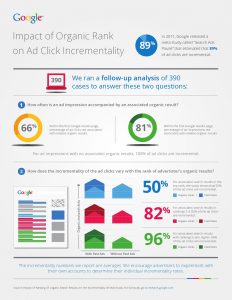
Local Search Engine Optimization is an approach for small companies to increase their chances of being found when people conduct local searches for businesses in their own geographic region. It focuses on customer reviews, public perception, and online presence as key components.
Moz has identified citation volume and NAP consistency as key elements to rank well in local searches and snack pack results, so it is crucial that businesses monitor their local rankings carefully in order to spot and address any discrepancies as soon as they appear.
On-page optimization
Although on-page SEO factors are an integral component of local search engine optimization, they’re not the only considerations. Schema markup, sitemap generation and creating citations all play key roles as well.
On-page optimization (or onpage SEO for short) is a practice used to increase a website or web page’s visibility in organic or natural search results, commonly referred to as search engine results pages (SERPs). The goal of onpage SEO is to improve quality pages so they will rank higher with search engines.
On-page elements of local SEO vary depending on the location targeted. For instance, businesses serving multiple locations need a different strategy than businesses with only one location. Key components of successful local SEO include creating geo-targeted landing pages for each location served, using one domain for all locations served and creating a sitemap; also making sure NAP info remains consistent across platforms and websites is essential.
Google My Business
Google’s local search algorithm may remain mysterious, but there are numerous strategies you can employ to increase the visibility of your business in local packs and finders. These tactics include things such as optimizing and claiming Google Business Profile (GMB), using Semrush listing management tool and listing in multiple directories.
Assuring customers of quality and relevant information will help your GMB ranking. For instance, your business name and address should be included in both title and description tags of your website to ensure NAP (name, address and phone number) accuracy across the web.
Optimize your GMB by including photos of your storefront and service offerings, giving searchers an idea of what it’s like working with you and helping them decide if they want to visit. GMB also allows you to add keywords that describe your business and services; be sure to utilize these in your listing.
Localized content
Localized content is one of the keystones of local SEO, as it ensures searchers receive accurate results when looking for businesses and services in their locality. Keywords must also be included on-page – for instance if you operate as a gas engineer in Greater London you might include terms like “gas safe” and “gas boiler repair,” so searchers can locate you when typing relevant terms into search engines like Google.
Strategy is also key when expanding into new locations, and one way you can do this is by identifying which pieces of content perform best in your expansion area. Doing this will save both time and money down the road. Traditional ranking factors still hold weight in local search algorithms; therefore it is wise to update your website regularly as well as claim any Google My Business listings so as to achieve better visibility in local search results.
Reviews
One of the key aspects of local search is ensuring your NAP (name, address and phone number) information is consistent across your website and all online listings, helping your site rank better for searches conducted in particular locations. To accomplish this task, use Alexa Site Linking In to track URLs that link back to your website and ensure they contain your NAP details.
Content on your website plays an integral role in local search. Incorporating keywords can help improve rankings; however, avoid keyword stuffing by creating high-quality articles relevant to your target audience.
An effective local SEO strategy requires optimizing your website, claiming and updating Google My Business listing, creating location-specific pages and using an established rank tracking tool to monitor Map Pack rankings. All these strategies will increase visibility in local search and drive more visitors to your website.




